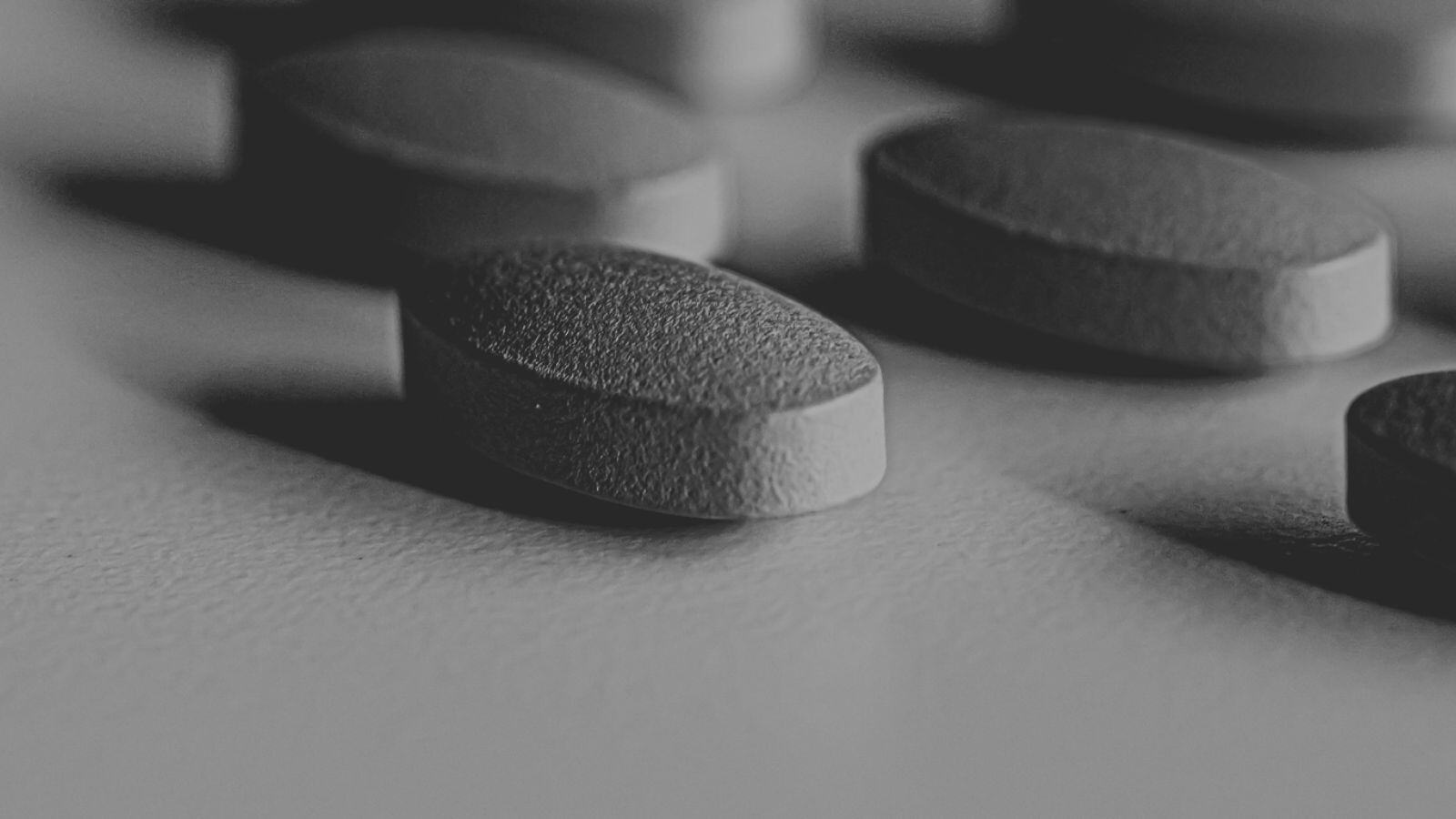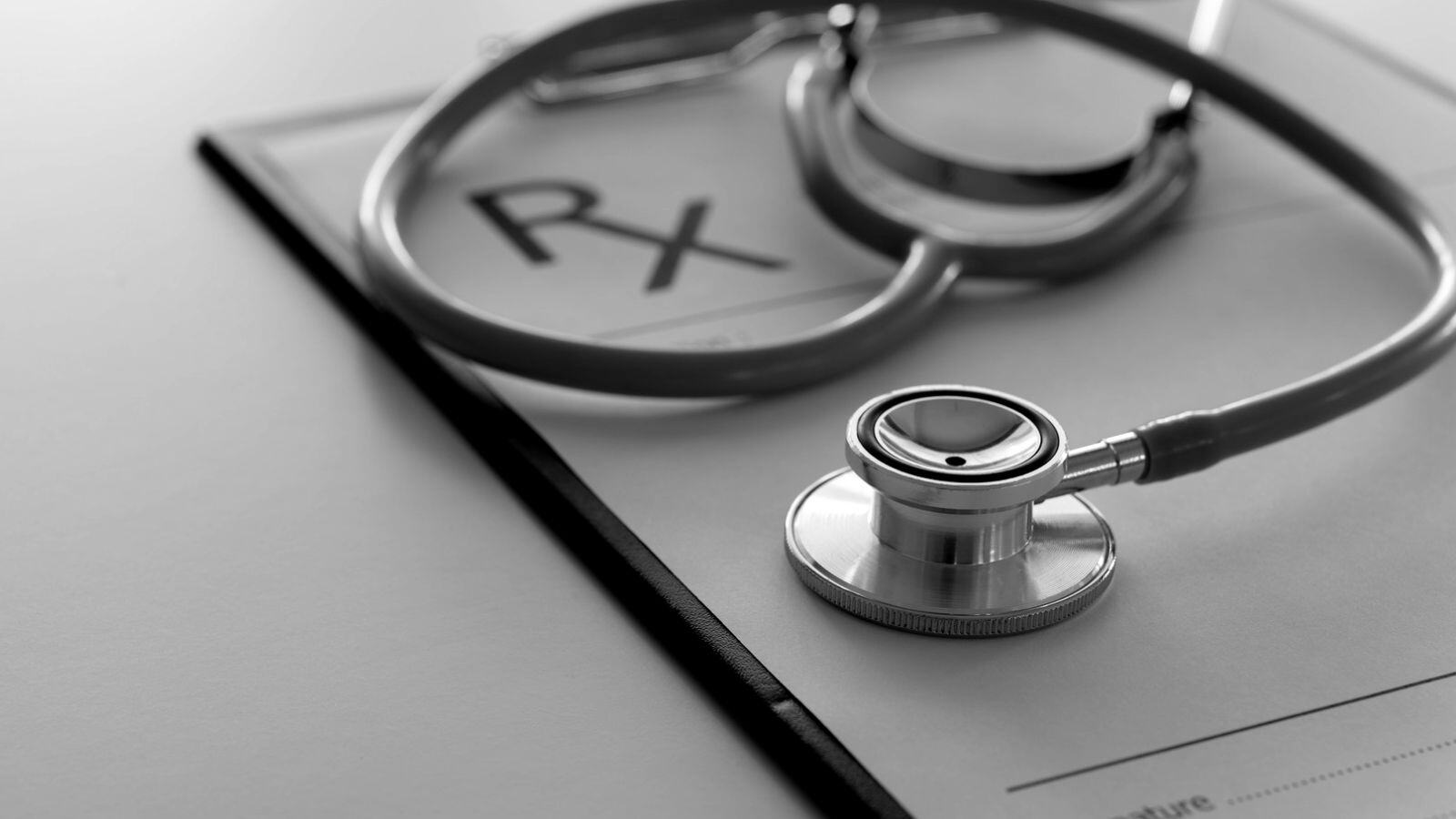One of our previous blogposts discussed innovations in the medical technology field and how these can fulfill unmet patients’ and physicians’ needs by leveraging the latest technological advancements. It is undeniable that the future of medical technology looks exciting and, obviously, being innovative requires a lot of specific technological expertise of medical device companies. However, to make sure that a medical device becomes a success and improves people’s lives, these technical challenges are accompanied by hurdles like market access, reimbursement strategy and, not in the least, compliance with applicable regulations. As soon as companies start thinking about marketing a medical device, they must start thinking about their regulatory strategy, implementing a quality management system and probably gathering clinical evidence data for their device.
The medical device regulations
After all, the medical devices market is highly regulated, and with good reason. In Europe, we are now rapidly approaching the enforcement regulation 2017/745[1] (May 26th, 2021), often referred to as the MDR (Medical Device Regulations). This new regulation supersedes the previously applicable Medical Devices Directives 93/42/EEC and 90/385/EE. Read more about the transition from MDD to MDR.
The MDR must ensure that all medical devices on the European market comply with the applicable regulations and thereby, that the devices’ safety and performance have been demonstrated. The CE-mark you will find on medical devices is the declaration that the product complies with the applicable European legislation.
Download MDR checklist
The definition of a medical device
Medical devices cover a broad range of products. The MDR provides the definition of a medical device. This definition contains one hundred and seventy-seven words and, in addition, 22 rules are listed to classify medical devices.
In our previous blogpost, we used the term ‘medical technology’. What is the difference between medical devices and medical technology? Just a semantic discussion, you might think, but it can be quite important when it comes to compliancy. Several definitions are circulating when it comes to medical technology. In the earlier blogpost, a definition that corresponds to what is used by the EPO to define the med tech sector is applied. In short, medical technology entails products (excluding medicinal products), services and solutions for diagnosis, treatment or alleviation of diseases and surgery. Technologies included in this field are, for example, vaccination instruments, surgical robots, X-ray, bandages, but also Information and Communication technology (ICT) adapted for the handling or processing of medical or healthcare data. The latter is often referred to as digital health.
In most cases, the medical technologies will comply with the definition of a medical device, but there are exceptions. Take for example Hospital Information Systems, which support the process of patient management. These systems are typically intended for patient admissions, scheduling appointments or insurance purposes, but they are not qualified as medical device, because they don’t meet the definition as described in the regulations[2].
When your product meets the definition of a medical device as stated in the MDR, you will need to comply with all applicable regulations before you can bring your product on to the European market. However, we regularly have discussions – even with people working in the industry – whether a certain device meets the definition and which classification rule is applicable. Annex VIII of the MDR lists 22 classification rules based on different criteria (e.g. the duration of contact with the patient or the degree of invasiveness). Assignment of the correct rule(s) to a MD is crucial as these will determine the risk class which, in turn, determines the applicable regulations.
Furthermore, depending on the country or countries where you want to market your device, different classification rules and legislations can be applicable.
Read more about the phases in the medical devices lifecycle on our website.
[1] Regulation (EU) 2017/745 of the European Parliament and of the Council of 5 April 2017 on medical devices, amending Directive 2001/83/EC, Regulation (EC) No 178/2002 and Regulation (EC) No 1223/2009 and repealing Council Directives 90/385/EEC and 93/42/EEC
[2] Guidance on Qualification and Classification of Software in Regulation (EU) 2017/745 – MDR and Regulation (EU) 2017/746 – IVDR, 11/10/2019, https://ec.europa.eu/docsroom/documents/37581







.png?width=109&height=108&name=Pharma%20(2).png)
.png?width=111&height=108&name=Medical%20Devices%20(2).png)
.png?width=84&height=107&name=IVD%20(2).png)





